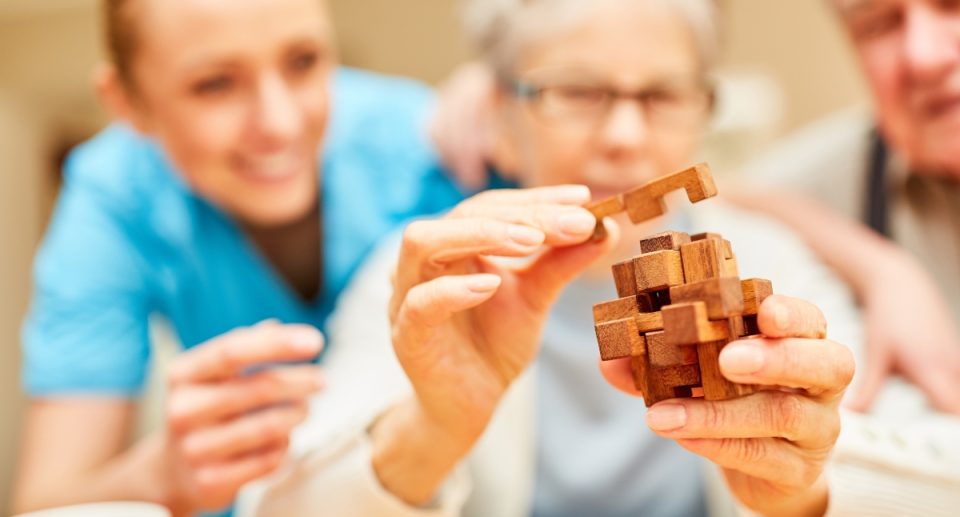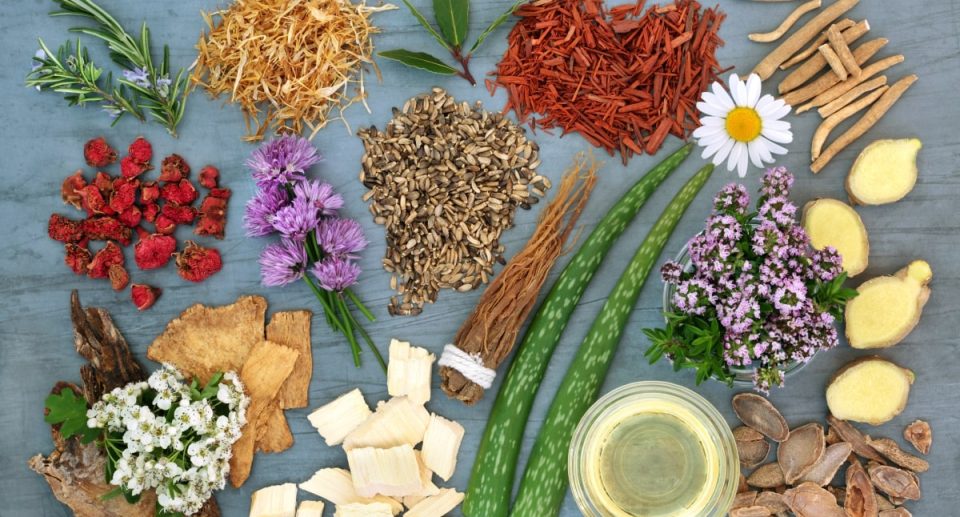Creative Hobbies: Craft Ideas for Seniors
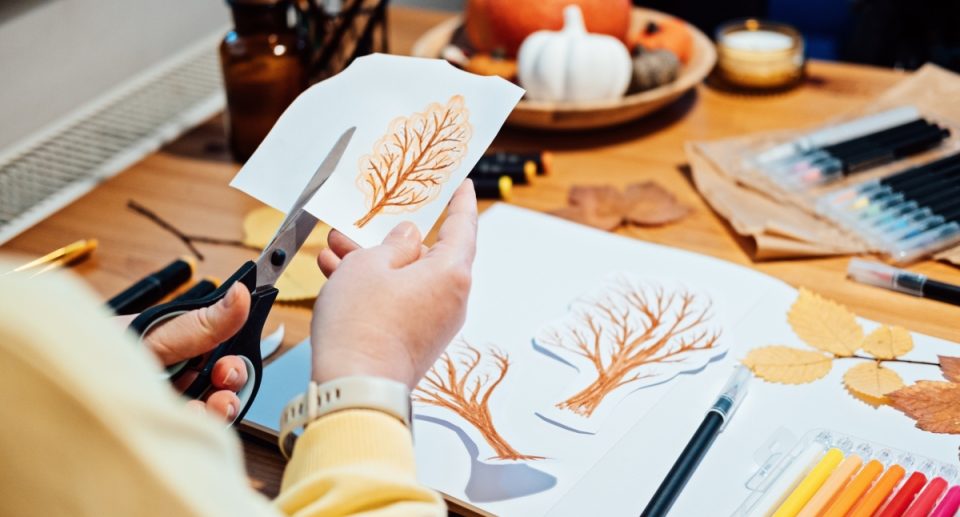
Retirement is a wonderful opportunity to explore new interests and passions. Among the many ways to enrich your time, crafting is a particularly rewarding hobby. Not only does crafting provide a creative outlet, but it also offers a range of mental and emotional benefits. Whether you’re looking to start a new project or revisit a past interest, here are some engaging craft ideas perfect for seniors. These activities can be adapted to various skill levels and are designed to be both enjoyable and fulfilling.
Why Crafting is Beneficial for Seniors
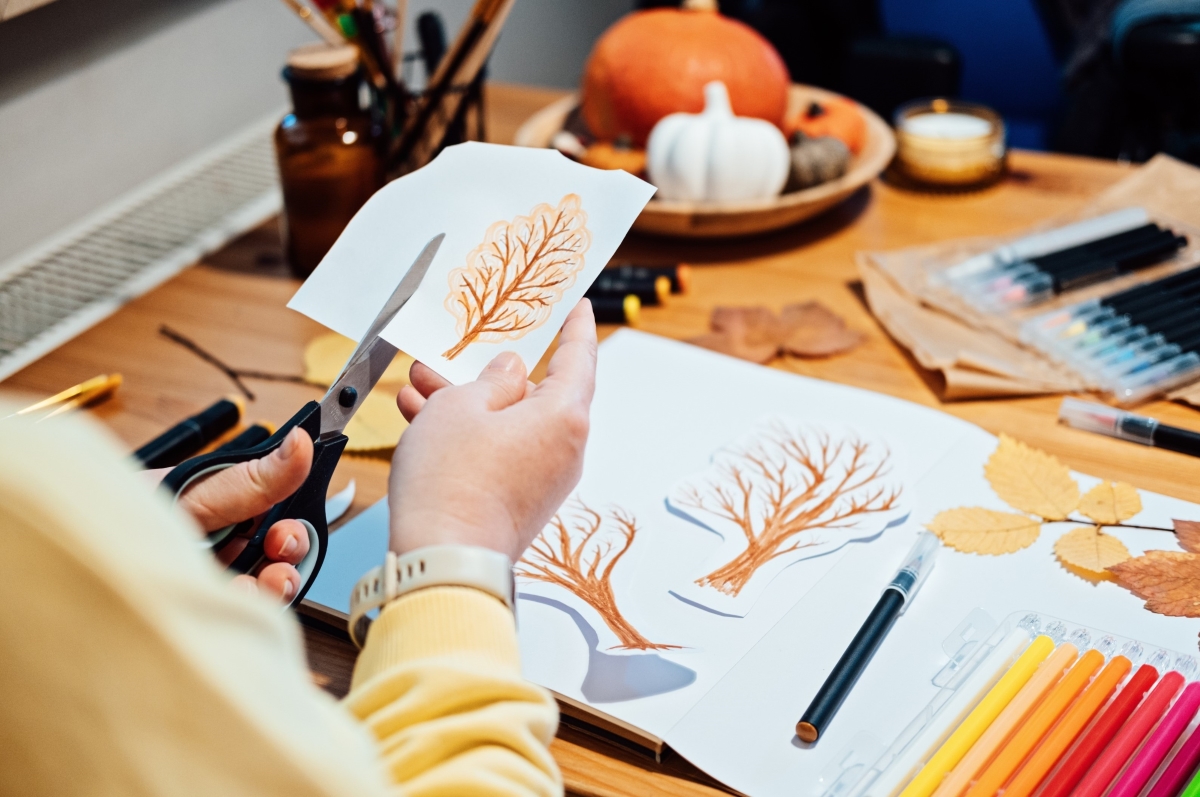
Before diving into specific craft ideas, it’s helpful to understand why crafting is so beneficial:
- Mental Stimulation: Crafting engages the brain and improves cognitive function. Activities like knitting, painting, or model building require concentration and problem-solving, which help keep the mind sharp.
- Emotional Well-being: Creating something with your hands can be incredibly satisfying. It provides a sense of accomplishment and can help alleviate stress or anxiety.
- Social Interaction: Crafting can be a social activity, whether you join a local group, attend workshops, or simply share your creations with friends and family.
- Motor Skills: Many crafts involve fine motor skills, which can help maintain agility and coordination. Activities like beadwork or sewing are particularly good for this purpose.
- Creativity and Expression: Crafting allows for personal expression and creativity. It’s a way to showcase your individuality and create unique, personalized items.
Craft Ideas for Seniors

Here are some creative craft ideas that are perfect for seniors, with options to suit various interests and skill levels:
- Knitting and Crochet
- Why It’s Great: Knitting and crochet improve skill and concentration. These crafts also offer a calming effect and can result in beautiful, practical items.
- Ideas: Start with simple projects like scarves, dishcloths, or small blankets. As you become more comfortable, you can explore more complex patterns or make items like hats, shawls, or toys.
- Tips: Choose yarns that are easy to work with and avoid patterns with too many complicated stitches. Opt for soft, smooth yarns to make the experience more enjoyable.
- Painting and Drawing
- Why It’s Great: Painting and drawing are wonderful ways to express emotions and creativity. These activities can be as simple or complex as you like, making them accessible to all skill levels.
- Ideas: Begin with basic sketching for seniors or watercolor painting. Consider creating still-life compositions, abstract art, or nature scenes. Watercolor pencils or markers can also be a good starting point for less mess and easy cleanup.
- Tips: Use high-quality supplies to make the process more enjoyable. Experiment with different techniques and subjects to find what resonates with you.
- Scrapbooking
- Why It’s Great: Scrapbooking is a great way to preserve memories and create beautiful, personalized albums. It combines creativity with organization and offers a tangible way to cherish important moments.
- Ideas: Create themed albums based on family events, vacations, or personal milestones. Embellish your pages with photos, decorative paper, stickers, and handwritten notes.
- Tips: Start with a simple scrapbook and gradually add embellishments. Plenty of online tutorials and scrapbooking groups can offer inspiration and guidance.
- Beadwork and Jewelry Making
- Why It’s Great: Beadwork and jewelry making are enjoyable for those who enjoy working with their hands and creating wearable art. These crafts improve fine motor skills and offer a satisfying result.
- Ideas: Begin with simple projects like beaded bracelets or necklaces. As you gain confidence, you can experiment with more intricate designs and techniques.
- Tips: Invest in good-quality beads and tools. Start with basic designs and gradually try more complex patterns. Beadwork kits are available and can provide all the materials you need to get started.
- Pottery and Clay Sculpting
- Why It’s Great: Working with clay is a tactile and creative experience. Pottery and sculpting are great for developing fine motor skills and creating functional or decorative pieces.
- Ideas: Start with simple hand-building techniques to create bowls, mugs, or decorative items. Consider taking a pottery class if you’re interested in more advanced techniques.
- Tips: Look for local pottery studios that offer classes or open studio time. Many studios provide the necessary tools and materials, making starting easier.
- Card Making and Paper Crafts
- Why It’s Great: Card making and paper crafts are versatile and offer endless creative possibilities. These crafts are perfect for working with colorful papers, stamps, and embellishments.
- Ideas: Create handmade greeting cards, gift tags, or decorative paper items. Experiment with techniques like stamping, embossing, or die-cutting.
- Tips: Start with basic card-making supplies and gradually expand your collection. Many craft stores offer pre-cut card bases and embellishments to simplify the process.
- Quilting
- Why It’s Great: Quilting combines sewing with creativity, allowing you to create functional and beautiful items. It’s a great way to repurpose fabric scraps and create personalized gifts.
- Ideas: Begin with small projects like quilted table runners or pillows. As you gain experience, you can work on larger quilts or explore different quilting techniques.
- Tips: Choose fabrics and patterns that appeal to you. Look for beginner quilting patterns and consider joining a quilting group for support and inspiration.
- Gardening Crafts
- Why It’s Great: Gardening crafts combine creativity with nature. They offer a relaxing way to enjoy the outdoors and create beautiful, personalized garden decorations.
- Ideas: Create decorative planters, garden markers, or handmade bird feeders. You can also try painting or decorating plant pots for a personal touch.
- Tips: Use weather-resistant materials for outdoor crafts and choose simple projects that don’t require extensive tools or supplies.
Getting Started
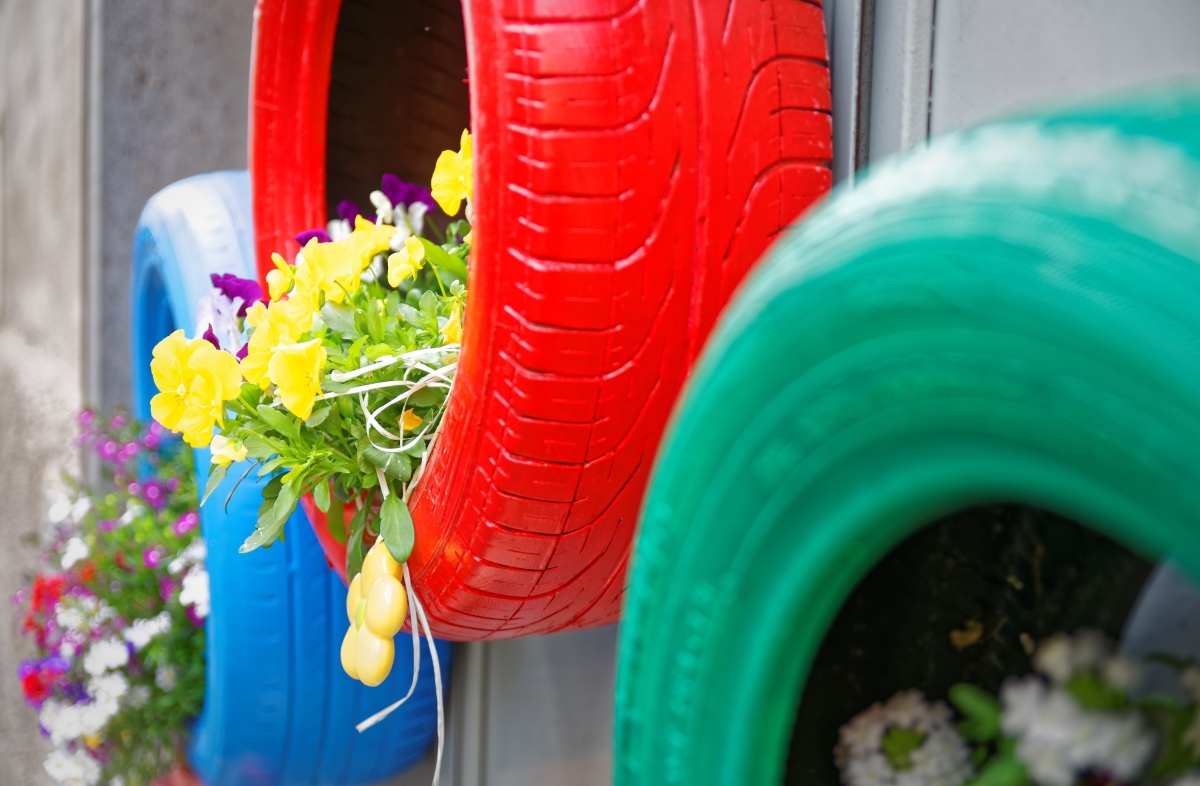
To begin your crafting journey:
- Set Up a Crafting Space: Designate a comfortable area in your home for crafting. Ensure it’s well-lit and equipped with all necessary supplies.
- Gather Supplies: Invest in basic supplies for your chosen craft. Many craft stores offer starter kits that include everything you need.
- Find Inspiration: Explore online tutorials, join local craft groups, or visit craft stores for ideas and materials.
- Start Small: Begin with simple projects to build confidence. As you become more comfortable, you can tackle more complex crafts.
- Have Fun: Enjoy the process, and don’t worry about perfection. The goal is to have fun, express yourself, and create something you’re proud of.
Conclusion
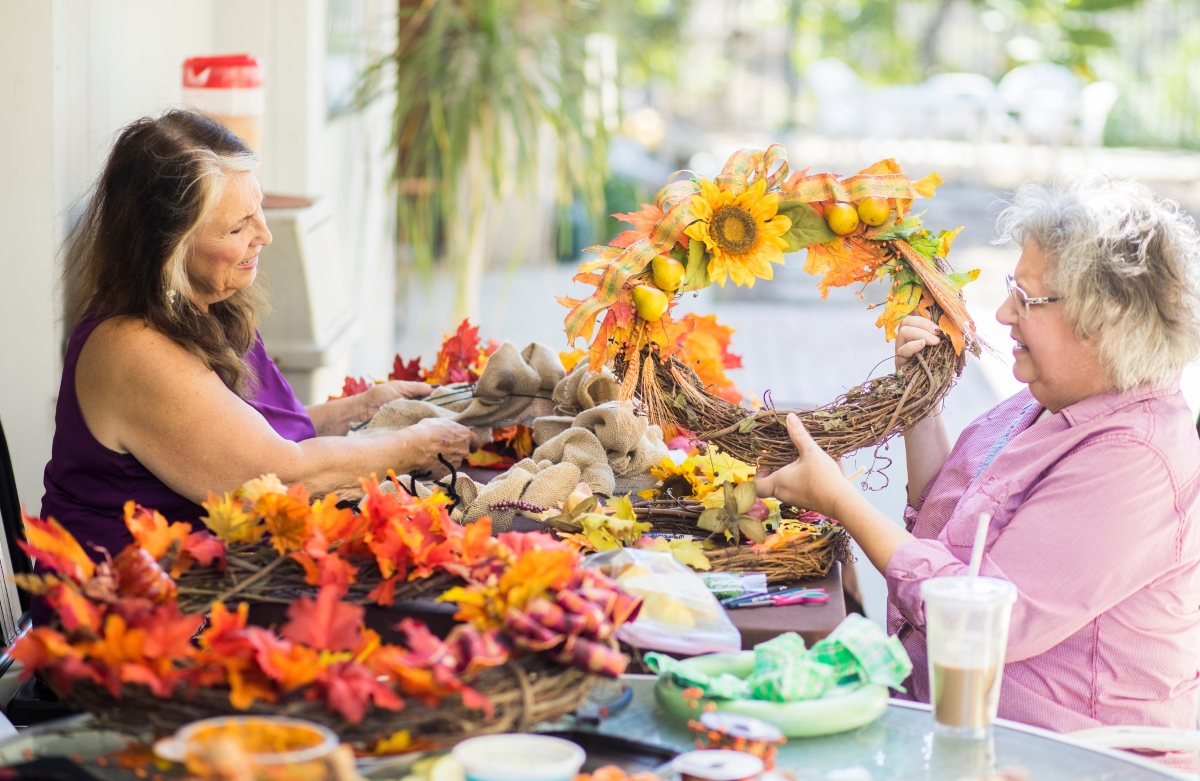
Crafting is a wonderful way to enrich your retirement years. It provides mental stimulation, emotional satisfaction, and opportunities for social interaction. Whether knitting a cozy scarf, painting a beautiful landscape, or creating a scrapbook of cherished memories, crafting offers a fulfilling and enjoyable way to spend your time.
Explore different craft ideas and find what resonates with you. Embrace the creativity and joy of making something with your hands. Your retirement is a time to discover new passions, and crafting is a perfect way.

